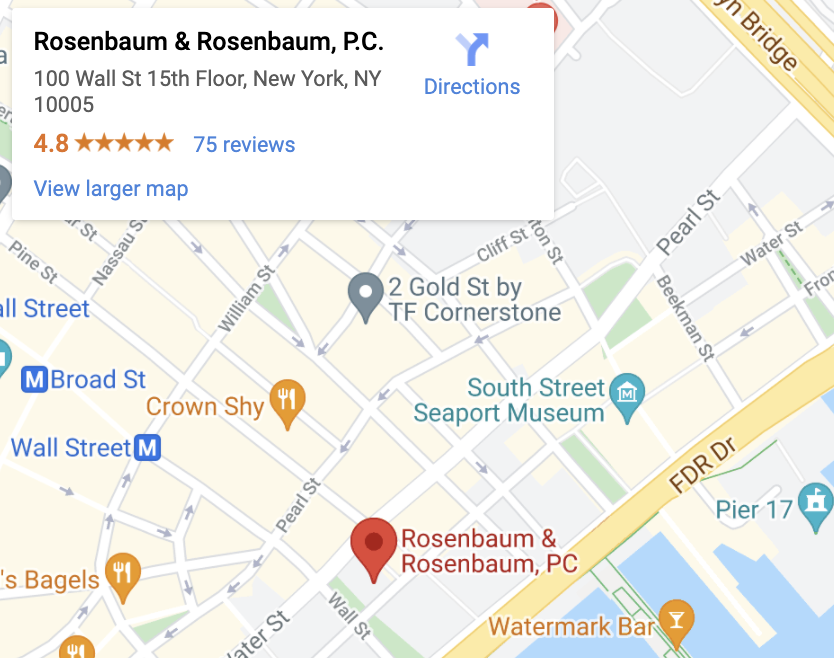Degloving Injury

A degloving injury may be one of the most serious injuries you have never heard about. These injuries happen when soft tissue is peeled from your body, and significant tissue death and infections in the wound can result.
Degloving injuries can damage nerves and blood vessels. In some cases, doctors have no choice but amputation to save the remaining tissue.
If you or a loved one has suffered from a degloving injury, it is essential to understand more about this serious injury and what you can do to recover compensation for one.
Table of Contents
What Is the Structure of Your Musculoskeletal System?

The musculoskeletal system includes bones and soft tissues. Bones include everything that has undergone ossification. In this process, cells use minerals to create a rigid scaffolding.
Soft tissue includes everything else in your musculoskeletal system. Ligaments hold your bones together. Muscles move your bones, and tendons anchor muscles to the bones.
Cartilage provides soft structures in your nose and ears. It also lines joints throughout your body.
Your musculoskeletal system also interacts with your circulatory, nervous, and immune systems. The circulatory system provides oxygen and nutrients to all the cells in your musculoskeletal system, including your bone cells. It also carries away carbon dioxide waste.
The nervous system carries motor signals from your brain to your muscles to control them. It also carries sensory signals back to the brain to provide information about sensations picked up from nerve endings in the skin and soft tissue. This information can include perceptions of pain, temperature, pressure, and texture.
The immune system protects your body from diseases. The largest organ in your body, the skin, keeps water and blood inside your body while providing a barrier against microorganisms. When it gets breached, microorganisms can invade your body and cause infection.
What Are the Effects of a Degloving Injury?
A degloving injury happens when the soft tissue is torn from your body. The soft tissue might get partially peeled so that it remains attached as a flap, or it can get torn completely from the body.
In either case, the injury tears skin, muscle, nerve endings, and blood vessels.
These injuries produce:
- Pain
- Bleeding
- Tissue loss
- Nerve damage
They also have a high risk of infection because the skin has been removed from a large area.
The severity of a degloving injury will depend on the depth of the damage. A shallow injury might heal without much tissue loss. A deep injury that reaches the bone might produce significant tissue loss or even require amputation.
What Can Cause a Degloving Injury?
Degloving injuries can happen in a few ways, including:
Lacerations
A laceration can slice or scrape the tissue from your body. For example, if your head hits your side window or windshield during a car accident, broken glass can cause a degloving injury to your scalp. In this injury, the glass slices your scalp and then scrapes a flap of tissue from your skull.
Laceration-type degloving injuries can also happen in workplace accidents involving tools and machines. If you get your hand caught in a tool or machine, the force of the machine can cut and pull the flesh off it.
Abrasions
An abrasion can scrape the tissue off your body. Normal abrasions do not cause degloving injuries. But if you slide across a sharp or raised object, it can tear the flesh.
A motorcycle accident could cause a degloving injury if you slide or get ejected into a post. The force of the post scraping across your body, combined with your speed, can peel the skin and soft tissue from your body. These abrasion-type injuries often happen when you hit an object with a soft area of your body, like your neck or abdomen.
Abrasion degloving injuries can also happen in bicycle accidents when your body hits your bicycle handlebars or pedals after you get hit by a car. These bike parts can strike you with enough force to abrade the flesh from your body.
Friction
Friction can cause a degloving injury by pulling your soft tissue with enough force to break the connective tissue. Sometimes, friction can break the skin as well as produce an open degloving injury with a torn flap of tissue.
But friction can also cause a closed degloving injury. In this injury, you do not have an open wound. Instead, the tissue gets torn but remains held together by the skin. These injuries often go undiagnosed until the tissue dies and develops gangrene or other problems.
How Do Physicians Treat Degloving Injuries?
Doctors can sometimes treat minor degloving injuries by simply replacing the flap. The flesh will heal by restoring the blood flow to the detached soft tissue.
In more severe cases, your injury might require complicated microsurgery to reconnect the blood vessels and nerves that got severed in the accident. If doctors cannot restore blood flow, the flesh will die and cause gangrene.
As a result, your doctor might advise against trying to reattach the injured flesh. Instead, your doctor may close the wound and replace the skin with a skin graft. This can leave you with significant disfigurement and scarring.
For the most severe degloving injuries, doctors might need to amputate. This can happen anywhere on the body, but particularly in degloving injuries of the finger or hand.
The fingers and hands contain many ligaments, tendons, nerves, and blood vessels. If doctors cannot restore blood flow to keep all these tissues supplied with oxygen, they may simply recommend amputating the injured finger or hand.
How Can You Recover Compensation for a Degloving Injury?
Accident victims can pursue compensation for the effects of a degloving injury. For example, if you suffered a degloving injury at work, you may be able to get workers’ compensation benefits to cover your medical treatment and part of your lost wages.
If you suffered a degloving injury in a car accident, you might fall into the “serious injury” exception to New York’s no-fault system. This would allow you to pursue a personal injury claim against the at-fault driver. Accident victims frequently suffer long-term disabilities and disfigurement from degloving injuries.
To discuss your degloving injury and the compensation you can seek for it in New York, NY, contact our personal attorneys from Rosenbaum Personal Injury Lawyers to schedule a free consultation at (212) 514-5007.



